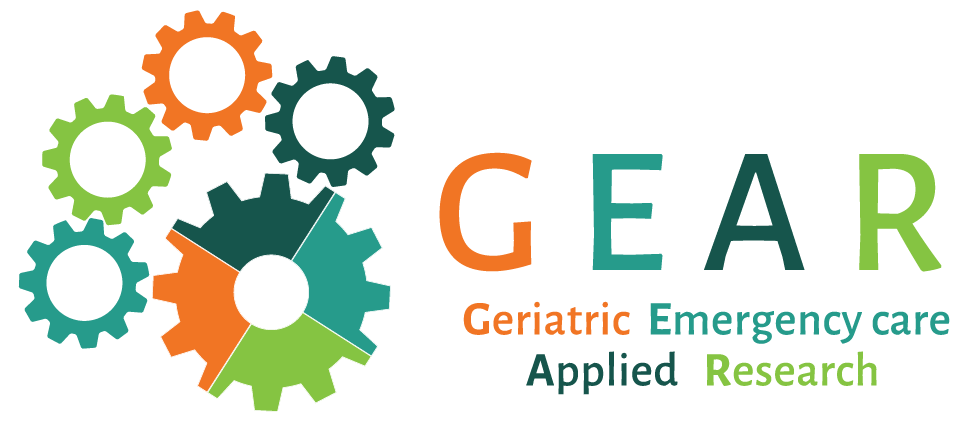Falls
Ranging from minor to fatal, falls in the older adult population can have devastating health consequences; however many falls are preventable with proper education and intervention.
Falls are common among older adults, and the incidence of falls is increasing as the U.S. population ages. An estimated 46 million older adults fell in 2014, and that number is expected to increase to 74 million by 2040. The incidence of fall-related deaths is also increasing, and at its current pace, it is expected to exceed motor vehicle and firearm-related deaths. Falls are the number-one cause of death due to injury among older adults. They account for $50 billion per year in health care costs.
Falls range from minor to fatal. Although some would argue that studies should focus only on injurious falls, even minor falls can cause psychological distress and fear, leading older adults to feel dependent and chained to their bedrooms. In addition, stigma is a major problem; in one Medicare analysis of approximately 45,000 patients, only 28% of older adults reported their falls. Falling one time doubles an individual’s risk for falling again.
Best Practice Notes
Research Priority Areas
- Intervention components and effectiveness: fall prevention intervention as a bundle or unraveling components? What should be in the bundle?
- Determining optimal outcomes: What are the optimal outcomes and how to best track falls for measurement of outcomes outside of ED?
- What are the Stakeholder patient prioritized outcomes (such as maintaining independence, reduce fear of falling, stigma) and patient targeted intervention?
- What is the best assessment of fall etiology to design targeted intervention?
- What is the optimal EMS intervention and/or assessment/ information transfer to ED regarding home safety? EMS connection to existing resources?
